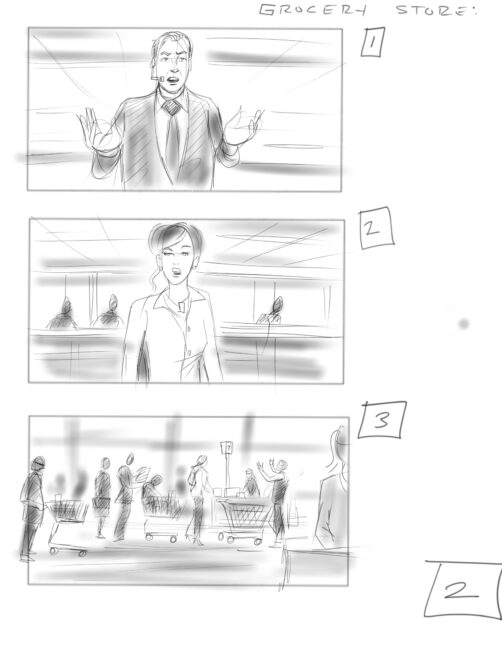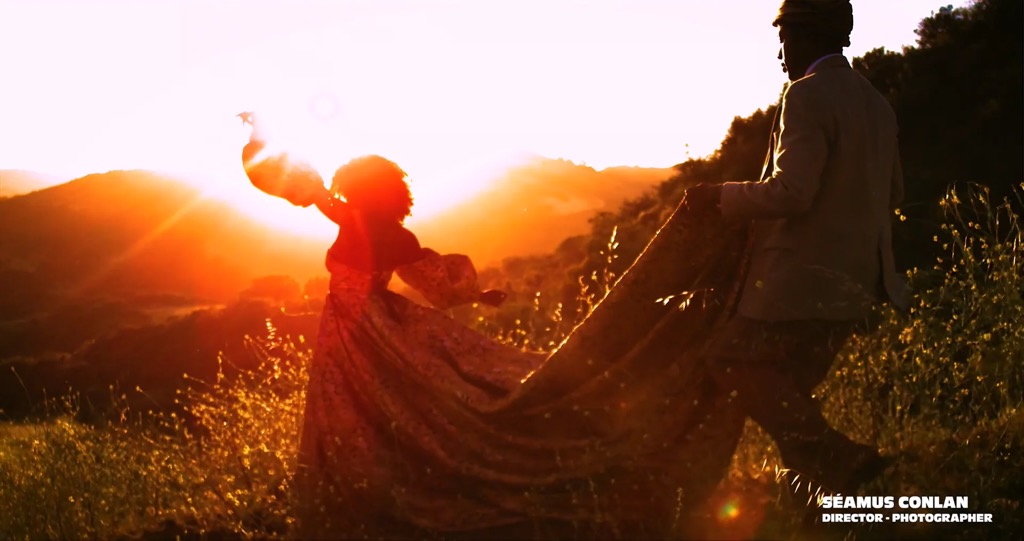CINEMATIC STORYTELLING – BRAND DOCUMENTARY – COMMERCIALS
Unlike other video production companies in New York, our approach is firstly image lead with Seamus Conlan being the Director and Cinematographer. Secondly, with his long term partner, Emmy award winning producer, Tara Farrell with over fifteen years of experience in television and commercials. By producing our own productions Seamus, feels that he can creatively push the boundaries further and achieve more. We never rule out partnering with other production companies as everyone brings their own skill set and can enhance the process. The key to any production is to work with a mature team that is not afraid of creative challenges and that have the skill set to reach these new goals and achieve them, smoothly.
When you press play a download and share button is available, top right, to keep a copy of this showreel as a reference.
Production is the art and service of creating content and delivering a finished product on time and on budget.
CINEMATIC STORYTELLING – BRAND DOCUMENTARY – COMMERCIALS
Quality means everything to Seamus Conlan, so he built a team that delivers just that. Creating a commercial video or television production in New York City, like any major metropolitan area, involves several key steps and considerations. New York City is a popular location for filming due to its iconic landmarks, diverse neighborhoods, and access to some of the most talented professionals in the film industry, many of which we use in our team and many more we hope to if the timing permits.
It’s crucial to plan carefully, secure the necessary resources, and comply with all legal and logistical requirements to ensure a successful production with you.
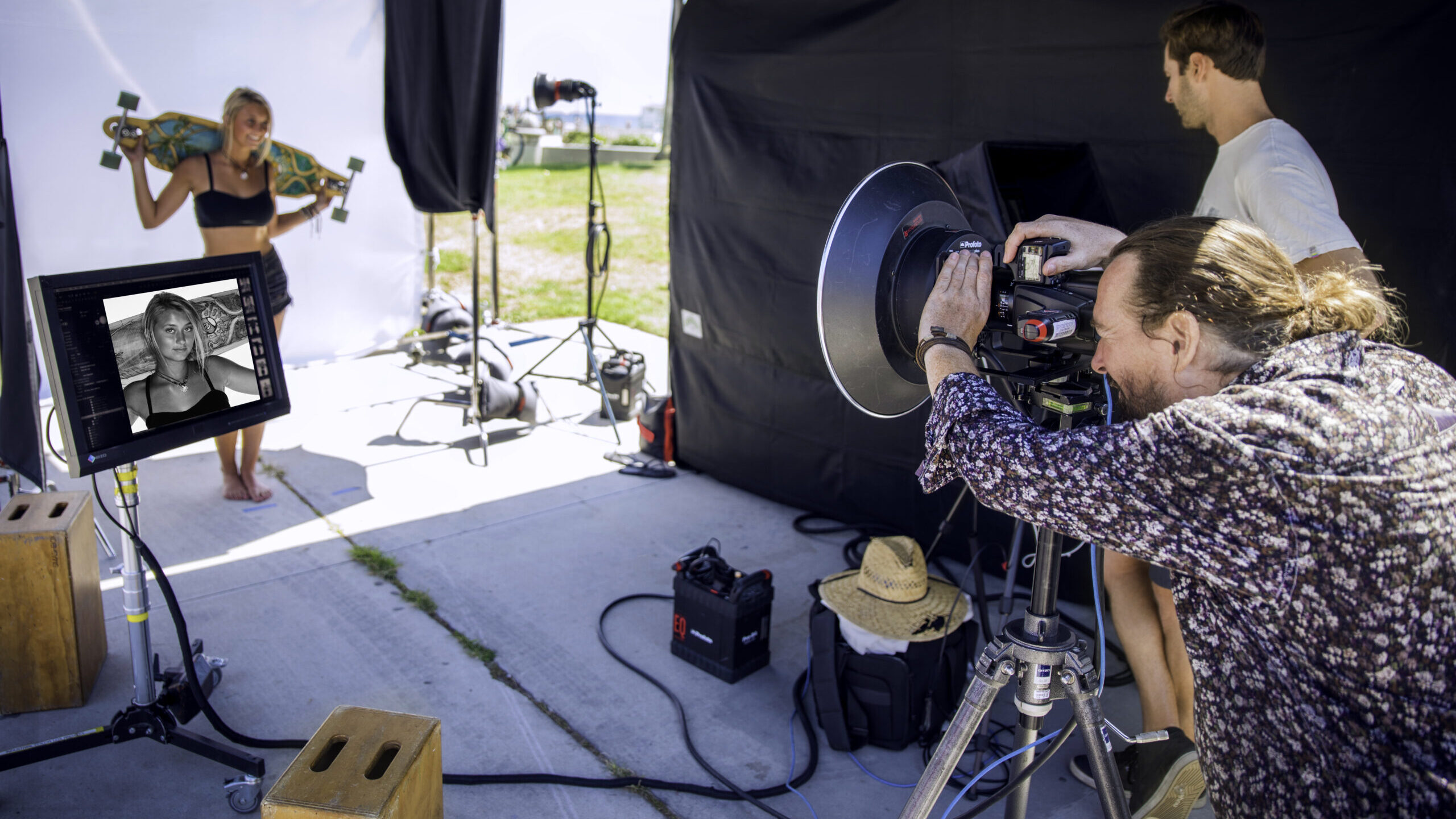
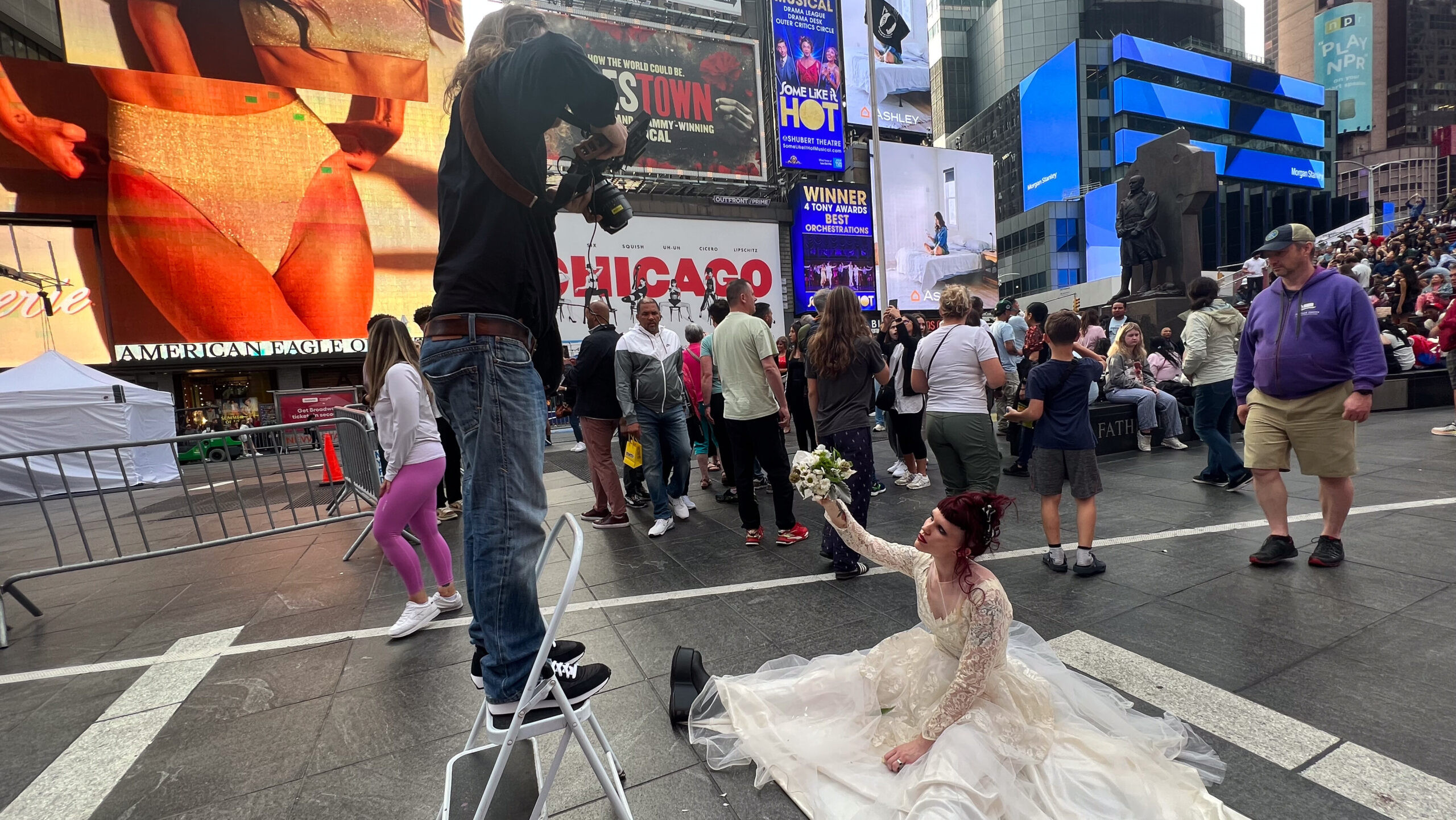
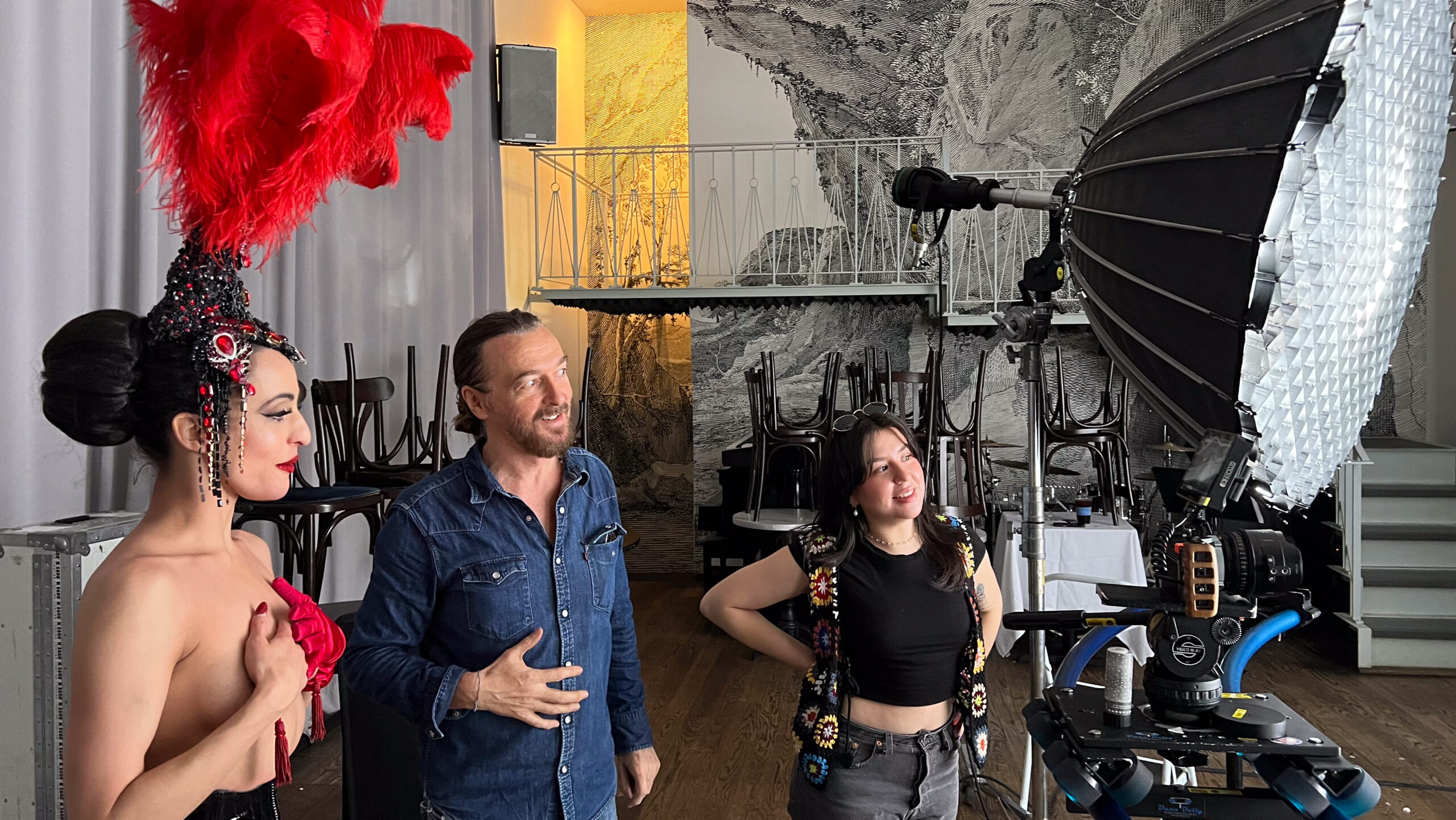


CINEMATIC STORYTELLING – BRAND DOCUMENTARY – COMMERCIALS
To learn more about our production process use the links below.
- WORKING WITH US: Our first role working together is to work with your brand values
- VIDEO PRODUCTION SERVICE: Pre-Production to Post Production
- SHOWREEL: A collection of short clips, commercials and test imagery
- MEET THE PRODUCER: You are in good hands
- CONTACT US: The best way to contact us to set up a meeting.
MEET THE PRODUCER
Tara Farrell has spent her career developing a professional network of industry relationships with studios, networks, talent guilds, and stock agencies. Her knowledge of current affairs, entertainment, sports and pop culture allows her to be on the cutting edge of traditional and new media usage rights bringing expertise in negotiating rates and contracts. With her extensive experience licensing imagery and footage and clearing talent and music married with her knowledge of copyright law she insures that the producers are legally protected, and clearances have been obtained in order to facilitate the creation of the final film/television production, exhibition or commercial project. read more
Below you will see some talking point to help navigate the conversation quickly to help plan for timing and budget.
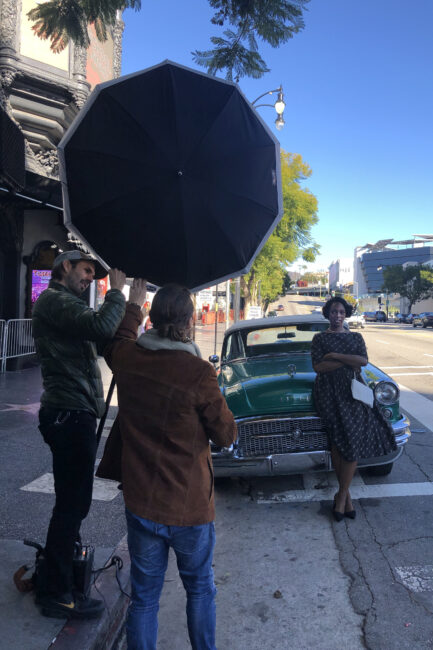
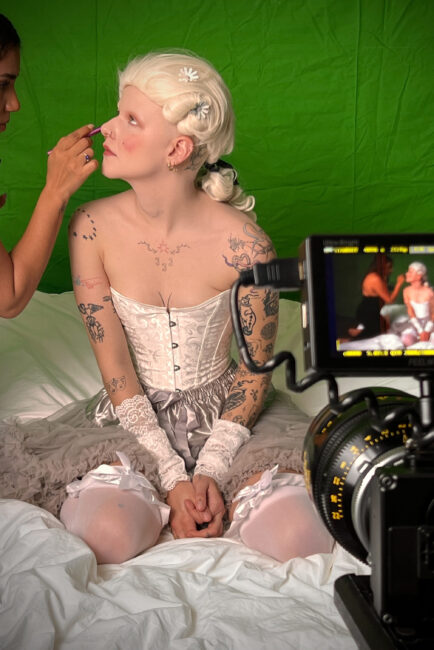
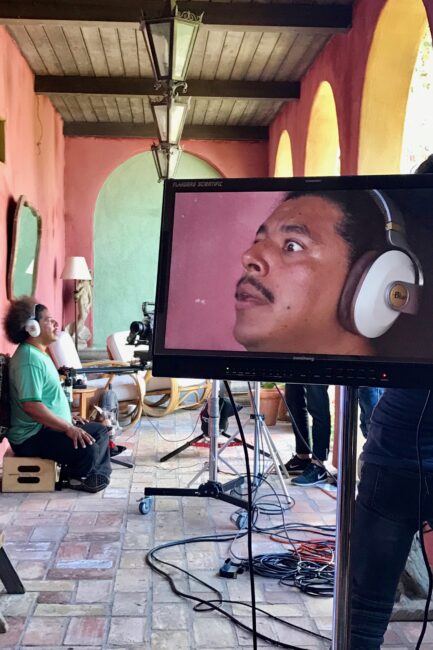


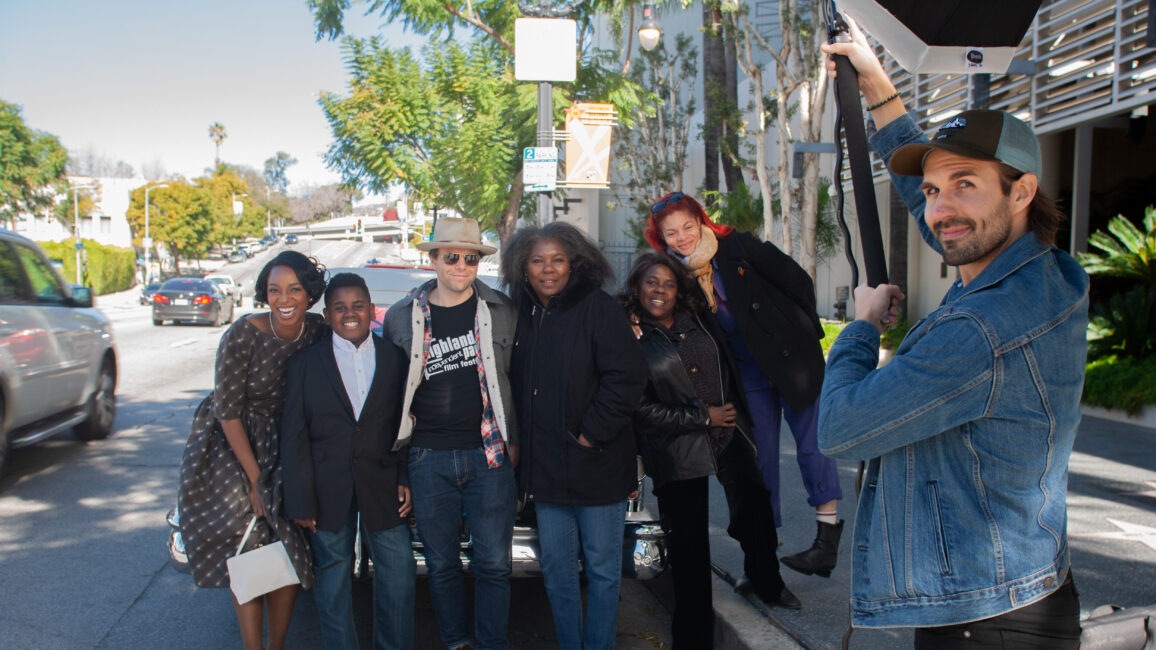
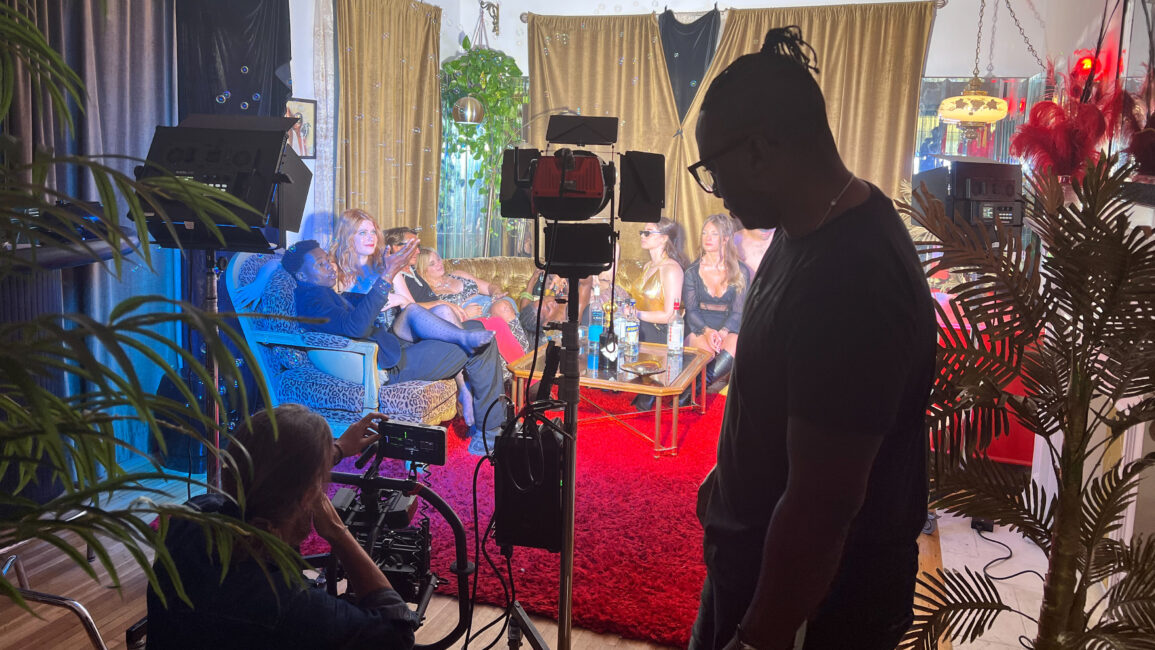
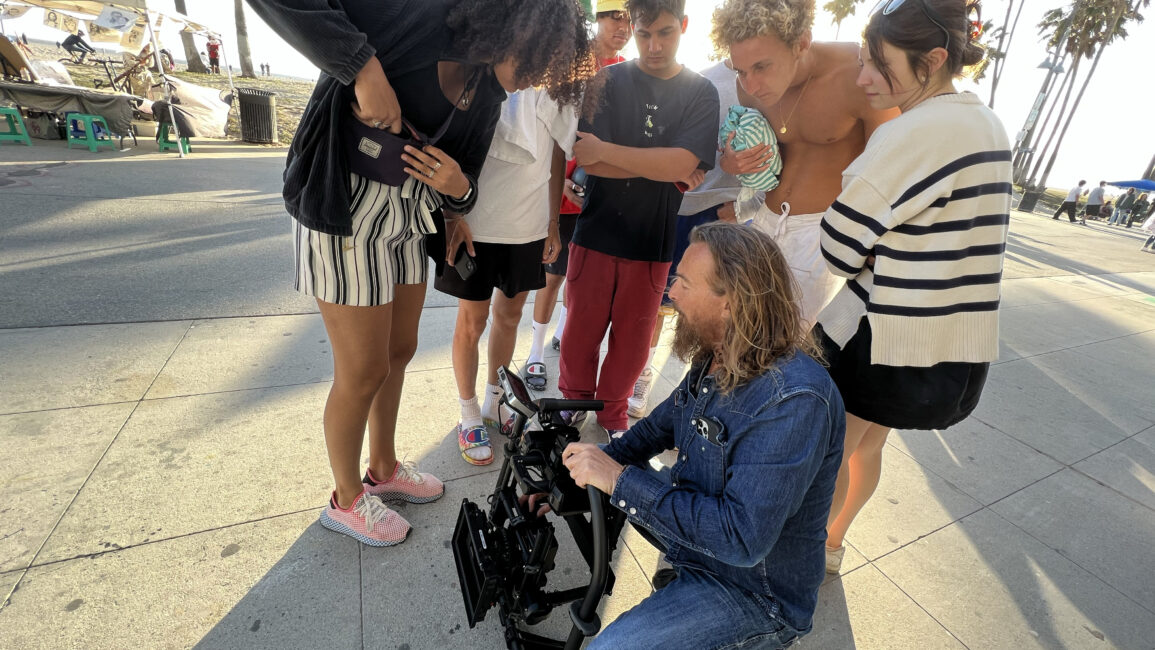

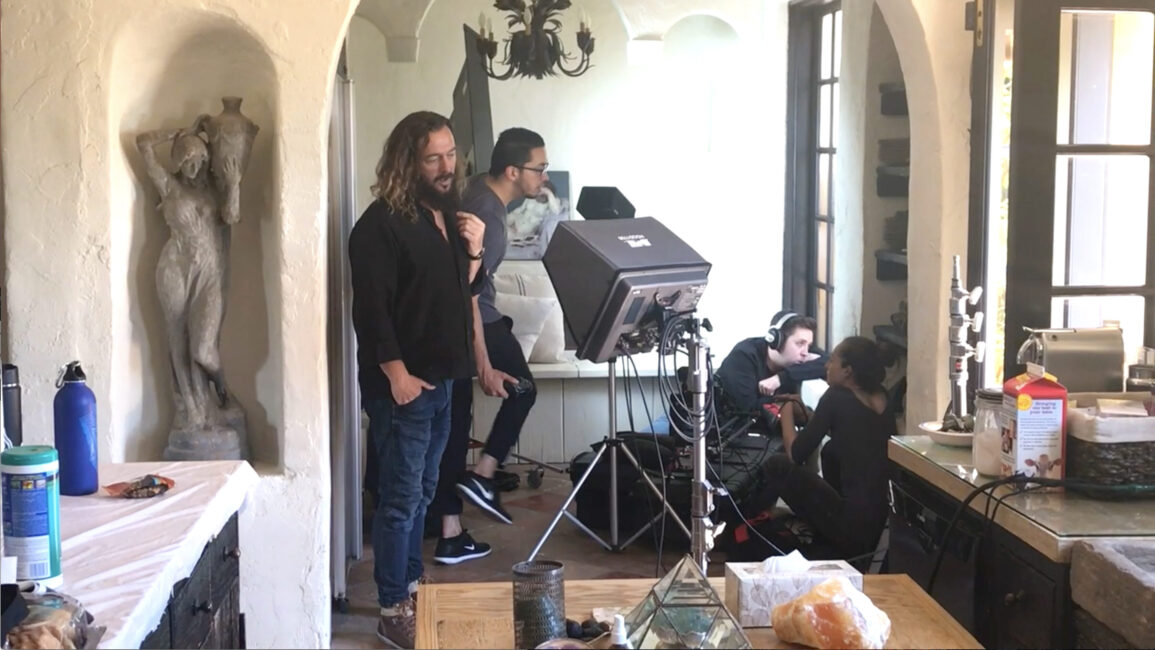
CINEMATIC STORYTELLING – BRAND DOCUMENTARY – COMMERCIALS
As a talking point, here are the some of the main steps we take to determine Content, Budget and delivery:
- Concept and Pre-production:
- Concept Development: Begin by brainstorming ideas for your commercial. What message or story do you want to convey?
- Scriptwriting: Create a script that outlines the dialogue, scenes, and actions in your commercial.
- Storyboarding: Visualize your script by creating a storyboard that sketches out each shot.
- Location Scouting: Identify the specific locations in New York City where you want to shoot your commercial. Consider permits, logistics and cost for each location.
- Casting: If your commercial includes actors, hold auditions and cast the talent.
- Crew Hiring: Assemble a crew based on the out come of pre-production.
- The crew list can include. follow this link…
- Compliance with Regulations:
- Be aware of labor laws, union regulations (if applicable), and tax incentives for film production in New York City.
- Resources:
- Utilize New York City’s extensive network of film professionals, rental houses, and post-production facilities.
- Legal and Permits:
- Permits: Depending on the locations and size of your production, you may need permits from the Mayor’s Office of Film, Theatre and Broadcasting (MOFTB) in New York City. They can guide you on what permits are necessary.
- Insurance: Obtain the necessary production insurance to cover potential liabilities.
- There are varying levels of insurance you may need for your production from obtaining general liability insurance for any accidents that could occur with just a small crew shooting on the street to E & O insurance for larger companies who need to be concerned with issues that could arise from the content of a production, including lawsuits alleging infringement of copyright, libel or slander, invasion of privacy, plagiarism or unauthorized copying of ideas, defamation or degrading of products and/or infringement on title, slogan, or a trademark. We can help facilitate and guide you to make sure you are protected with just the right amount of insurance to suit your needs and budget.
- Timeline:
- Develop a production schedule that outlines all tasks and deadlines from pre-production through post-production and distribution.
- Production:
- Equipment: Rent or purchase the required camera equipment, lighting, and sound gear.
- Props and Wardrobe: Ensure you have all necessary props and wardrobe for your actors.
- Set Management: Keep the production running smoothly by managing the set, coordinating with talent and crew, and ensuring everyone adheres to safety guidelines.
- Filming: Execute the plan, capturing all necessary footage and audio.
- Post-production:
- Editing: Edit the footage with the director to achieve the original goal.
- Sound Design: Add and refine audio elements, including music, voiceovers, and sound effects.
- Color Correction and Grading: Enhance the visual aesthetics of the video through color correction and grading.
- Visual Effects (if needed): Incorporate any visual effects or CGI elements.
- Graphics and Text: Add any necessary text, graphics, or branding elements.
- Review and Feedback: Share drafts with stakeholders for feedback and make necessary revisions.
- Final Delivery:
- Once your commercial is complete we go to a few extra steps to ensure nothing is ever lost.
- We ensure the final outputs meet all technical specifications for the chosen distribution platforms and make a variety of sizes and formats for you to use.
- We provide an online storage for the final outputs in various sizes and formats so it can be accessed globally by your team with a record of all user activity.
- Multiple drives can be made to host the final outputs in various formats.
- Master delivery usually take form on two duplicate master hard-drives so one copy can be archived and the other used in production or stored separately for safely.
- The master assembly of the digital media is also output and stored in the event you need to access the original assembly again to make changes. We retain one copy and the other stored in a facility of your choosing.
- Once your commercial is complete we go to a few extra steps to ensure nothing is ever lost.
Read more about our video production services
Details are important and the life blood to getting a high quality production. We welcome the opportunity to discuss your next projects with you to see how we can collaborate together. Contact us


